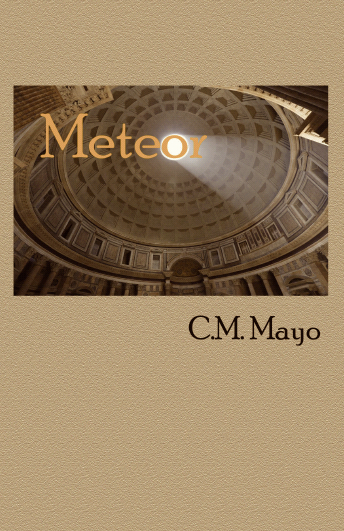TBR [to be read] is a semi-regular, invitation-only interview series with authors of newly released/forthcoming, interesting books who will tell us about their new work as well as offer tips on writing, stories about the publishing biz, and from time to time, a recipe!
Give us your elevator pitch: what’s your book about in 2-3 sentences?
How are we shaped by the people we love? Who are we when we think no one else is watching? How do we trust the choices we make? The answers shift as the years go by. The stories remake themselves as we remember. In Wife | Daughter | Self I’m reflecting on the multiples of self with true and intimate stories.
What
boundaries did you break in the writing of this memoir? Where does that sort of
courage come from?
After many failed attempts at telling this story I came to understand that it would only finally work—that the many pieces would only come together and hold—if I thought of the whole in terms of musical composition. More precisely, if I thought of myself as choreographing the book as I once choreographed the programs I performed as a young competitive ice skater. The risks were many, of course. They always are. But I’m only going to publish a book I feel deeply in the marrow of my bones. And I always feel deeply in the surround-sound of song.
Tell
us a bit about the highs and lows of your book’s road to publication.
This is my first memoir in many, many years. I’d published five early on in my career and then dedicated decades to researching the form, teaching it, re-learning it, debating it, interviewing masters, writing guidebooks and workbooks, offering advice both at the University of Pennsylvania and through Juncture Workshops. When you care about something as profoundly as I care about literature and truth, you want to work with someone who can care like you do. Laura Stanfill of Forest Avenue Press is that person. A writer herself, an advocate of the arts, a big-hearted soul, she said yes to this book, and we’ve been in conversation ever since. The conversation has mattered as much as the book itself. That whole thing—working with Laura—has been a remarkable high.
What’s
your favorite piece of writing advice?
The detail is the story. (But, really, I’ve written books and books filled with advice. And then there are the fabulous insights on writing one gains from reading, say, Lily King’s Writers & Lovers.) [Editor’s note: I’ve got to throw in a quick & personal plug for Beth’s writing book, Handling the Truth!]
My
favorite writing advice is “write until something surprises you.” What
surprised you in the writing of this book?
How emotional I became in writing so many of these pieces. How emotional they make me, still. Because in writing them I discovered buried aspects of myself. In writing them I was broken wide open with yearning. If only, I kept thinking as I wrote. If only.
What’s
something about your book that you want readers to know?
I want readers to know that this book asks universal questions and that, in the writing of the memoir, I was also very deliberately investigating the memoir form itself. It is, then, a book for writers and for readers.
Inquiring
foodies and hungry book clubs want to know: Any food/s associated with your
book? (Any recipes I might share?)
So much of this book takes place in the company of others, over meals. Meals on a farm with writers. Meals with my father. Meals with my husband—in fact the book begins with a most extraordinary surprise meal by a lake. I love simple, pure foods—a ripe peach, a Jersey tomato, sweet apples, mushrooms swept from the earth and barely singed. There are no recipes here, in other words. But there are moments made more memorable by spice, texture, and scent.
***
READ
MORE ABOUT THIS AUTHOR: http://bethkephartbooks.com/
READ MORE ABOUT THIS BOOK: http://www.forestavenuepress.com/wife-daughter-self-2/
ORDER THIS BOOK FOR YOUR TBR STACK: https://www.indiebound.org/book/9781942436447
READ AN EXCERPT, “Three Car Crashes and the Long Afterward”: https://catapult.co/stories/three-car-crashes-and-the-long-afterward-beth-kephart







